7 lessons learned in life drawing class
June 11, 2018 2025-02-08 17:067 lessons learned in life drawing class
I have been co-organizing life drawing classes in North Vancouver for the last 5 years and it is becoming an important part of my art practice.
The more I draw, the more I think that taking the time and and effort to learn to draw is beneficial to all artists, even if you are not necessarily interested in drawing the figure. After all, if you can draw the human figure accurately, you can pretty much draw anything.
I learned many thing in life drawing class, first of all that it teaches everyone to be humble and patient :).
Here are some of the lessons I learned:
1- Learning to draw takes time, a lot of time
The road to become proficient a drawing is not a short or a simple one. It seems like one week you make awesome progress and the next one, all your drawings can go directly to the recycling bin.
The good news is I am sure everyone can get to a satisfying level, whatever the point they are starting from, if they decide to invest time in practicing. The satisfaction you get from being able to translate what you see in a drawing you like is worth all these frustrating hours of practice.
It is also great to use these drawing skills whenever you are starting to work on a painting. Making your drawing free hand is the only way to make your paintings personal in style in my opinion.

2- Beauty is confidence, not perfection
Drawing weekly for a few years now, my perception of what constitutes a good drawing evolved over the years. I don’t care so much anymore about being so accurate in proportions or being realistic or even achieving a perfect likeness of the model. These are perfectly good goals but I am more satisfied by the idea of making a drawing I like in all its imperfections.
You might also be interested in : The perfection of imperfection
I am also enjoying more the short pauses for gesture drawings because I am not trying anymore to capture a lot of information in such a short time. I am happy if I can get a few lines to convey the movement of the pause.
One of the best advice I read about life drawing was to try to use ink (marker, dipping pen…) instead of a pencil. Most of us have a tendency to fuss too much over the lines we just made. Drawing with ink removes that temptation, all lines are becoming definitive, errors have to be integrated and there is no coming back : It is a great way to gain confidence.
I am a Blick Art Materials affiliate and I receive a small compensation for sales. That does not effect in any way the cost of the purchaser’s order but it helps me keeping the content of this blog free.

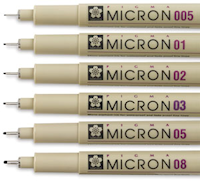 |
Sakura Pigma Micron PenPigma Micron pens are acid-free and archival, making them ideal for any application requiring precision and permanance. Pigma ink is derived from a single pigment to ensure color consistency, and is fadeproof against sunlight or UV light. – Set of 6, Black |
3- Your drawing style evolves little by little
If you draw for a long time, you will see that your drawing style will evolve little by little, it might take directions that will surprise you.
It is nice to see that drawing is a bit like handwriting and everyone’s style is becoming more personal as they keep on practicing. I like that idea that there is always a bit of the artist in his drawings and that the resulting art work is the place where the model and the artist experiences are meeting.
In my own practice I see that I am moving into the direction of simpler contour drawings that are more and more graphic, minimalist and closer to illustrations than classical drawings. I am not fighting that tendency and am just enjoying the ride to see where it will bring me.
4- Variety is the spice of Life Drawing
When you are going to a weekly class, it can become quite repetitive after a while. A way to break the routine is to experiment with a few different papers and media.
You can work on white paper and then try some medium tones paper so you can add white highlights. You can also experiment on black paper.
You can try markers, watercolor, charcoal, graphite, felt tip pens, watercolor crayons, pastels….
You might also be interested in : 5 techniques to make your Life Drawing class fun!

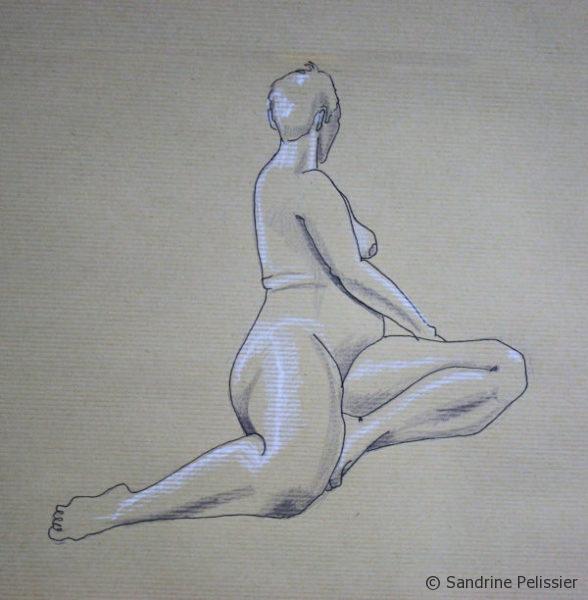
You can try simple contour drawings
Or drawing on middle tone paper so you can add white highlights.
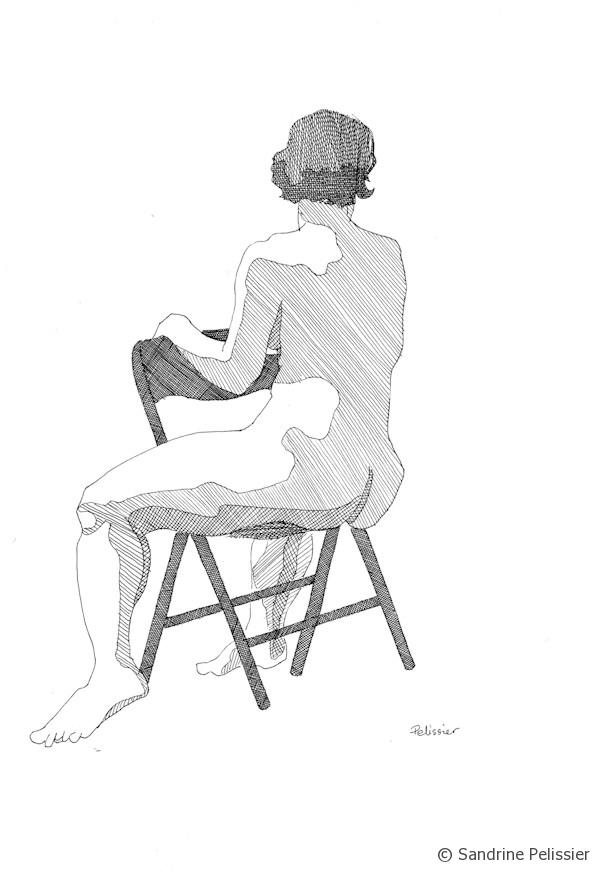
I am a Blick Art Materials affiliate and I receive a small compensation for sales. That does not effect in any way the cost of the purchaser’s order but it helps me keeping the content of this blog free.

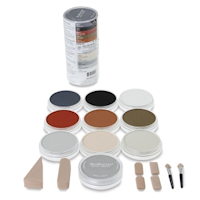 |
PanPastel Artists’ Painting PastelsHere are genuine artists’ quality pastels – the softest in the world – uniquely packaged in stacking and interlocking jars. PanPastels were specially developed so that artists could lift, apply, and control pastel color, just like true painting. |
You can also use ink hatching for shading your drawings.
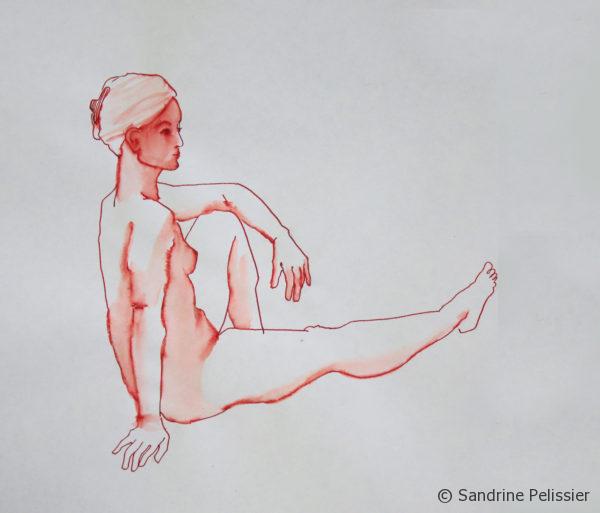
You can use ink that will bleed if you add water.

You can use colored pencils
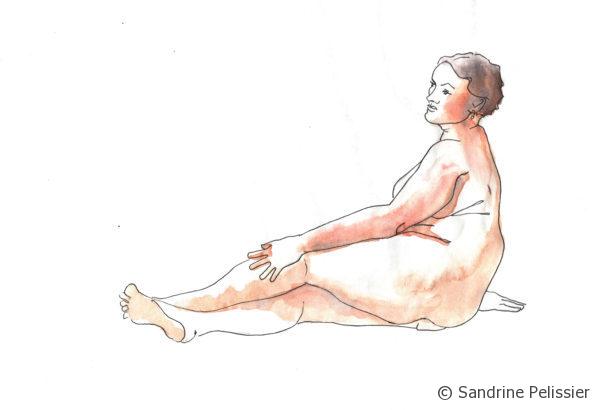
Or you can use watercolor washes.
5- Challenges are not necessarily where you expect them to be
Many people who start drawing are a bit nervous about foreshortening. After a while you might actually enjoy foreshortening because it can be easier to draw than lets say a model standing straight. The nice thing about foreshortening is that you don’t have a preconceived idea of what you are drawing should look like, so your brain becomes less involved, you just have to draw what you see. You also have more reference points on where one line crosses another line.
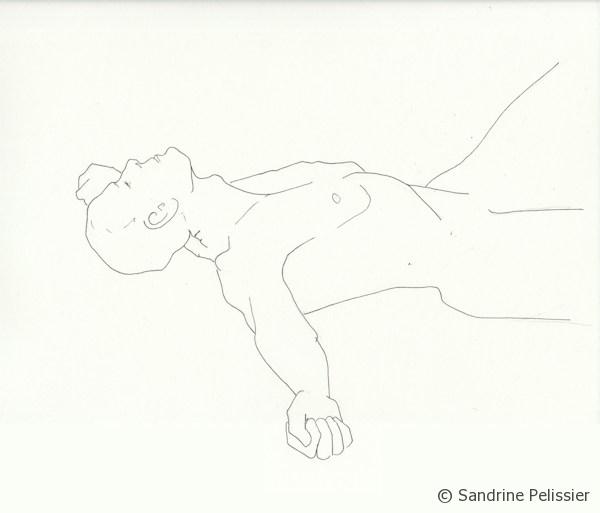
I also used to be a bit nervous about drawing hands and feet, but this is something that will disappear as you practice.
You might also like: Hands and feet to yourself : learn how to draw hands and feet

6-It is more fun of the model is part of the creative process
In our life drawing class, we now ask the models to bring a few props of their choice for the last long poses. It adds an element of surprise and makes the class more fun. It kinds of wake everyone up at the end of the class when we start to get tired. I also like the idea that the model takes part in the creative process.
7- Take your time, you can finish your drawings at home

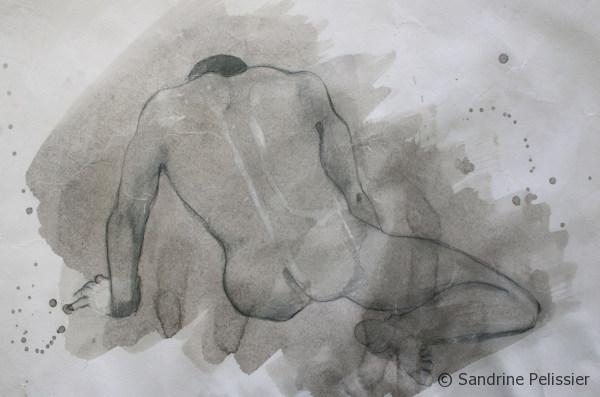
It can be very frustrating when you dom’t have enough time to finish a drawing in class. You can see your drawing as information you might need for a future drawing or painting and just record the basic information you need to finish at home: A contour drawing and the location of light and shade.


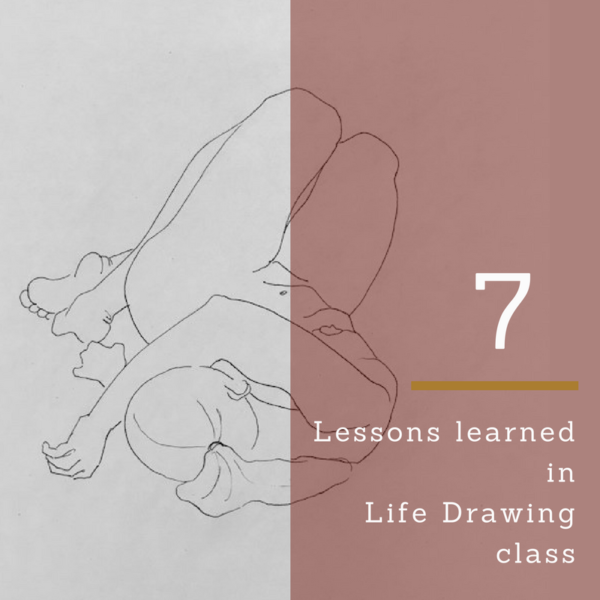


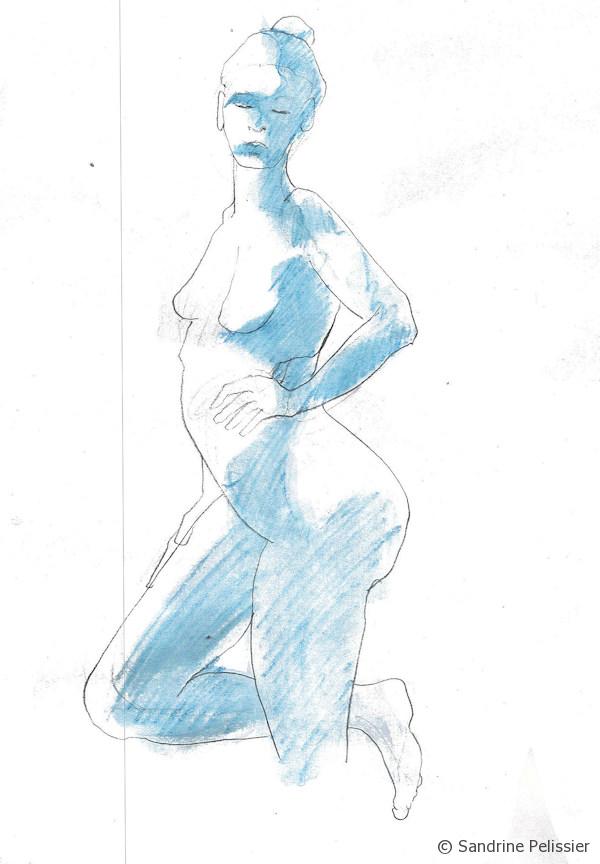
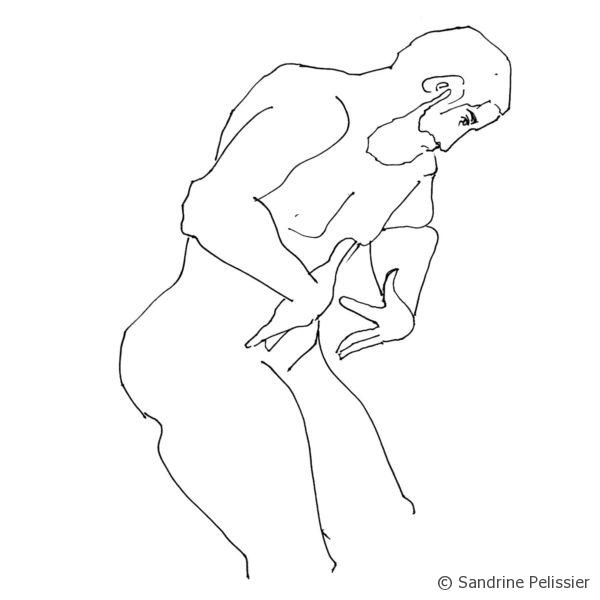
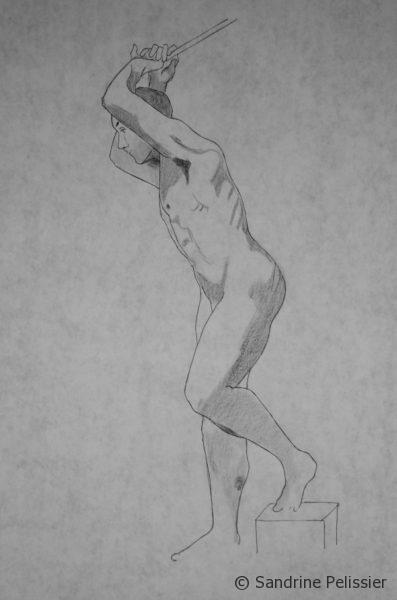
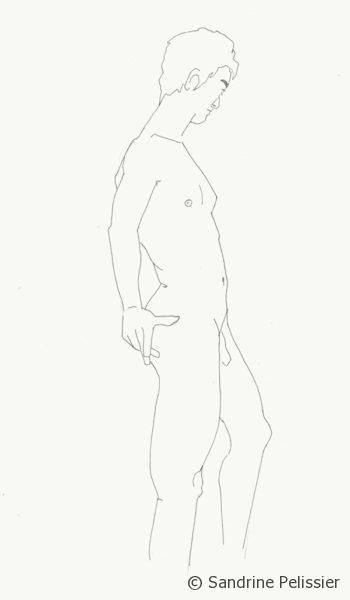
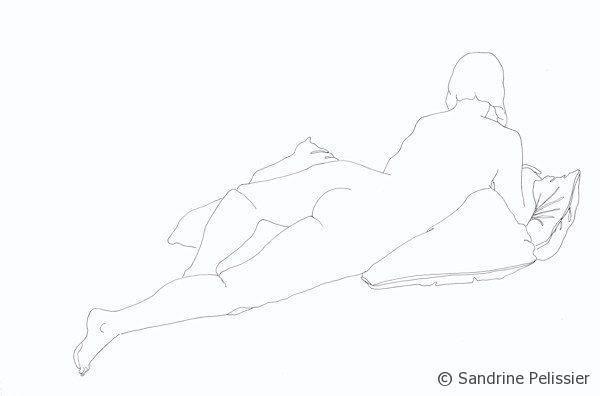
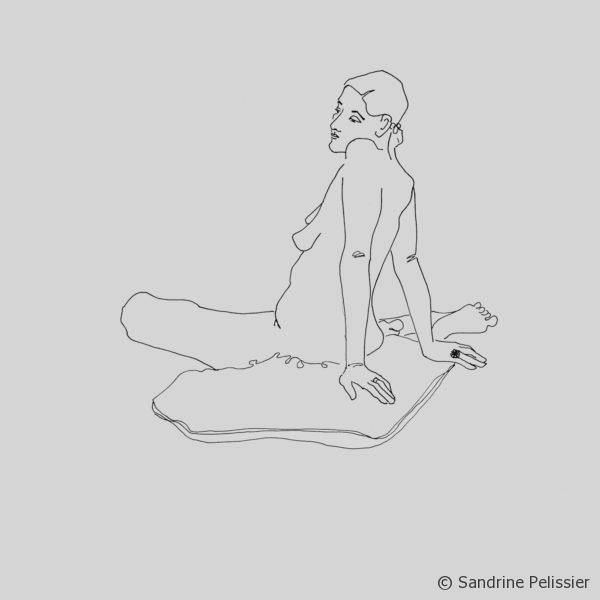

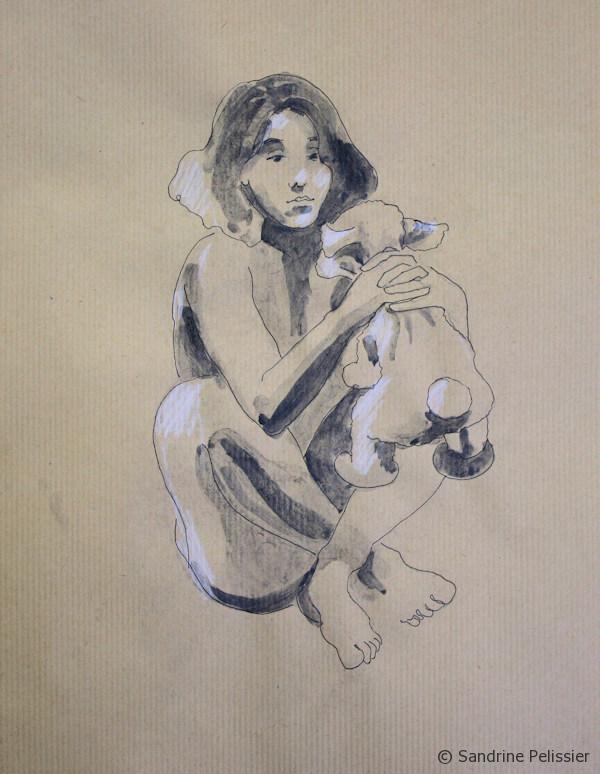



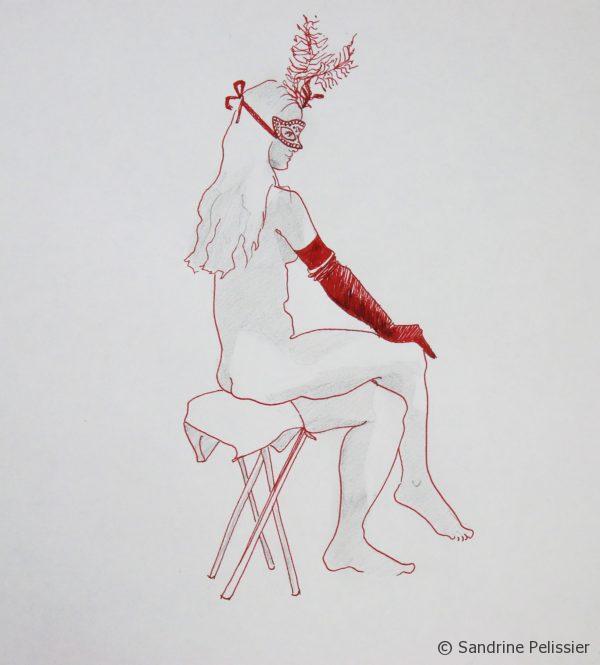

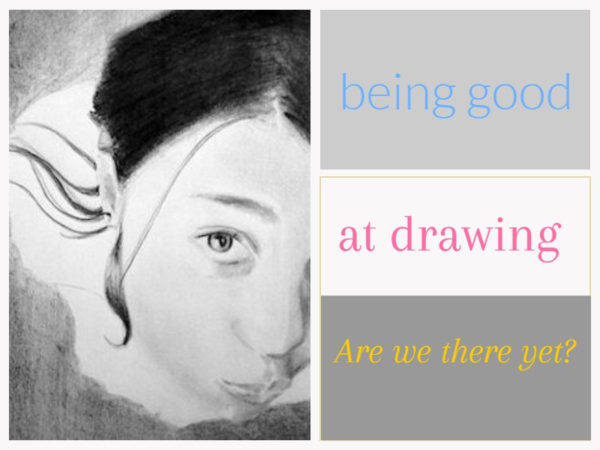
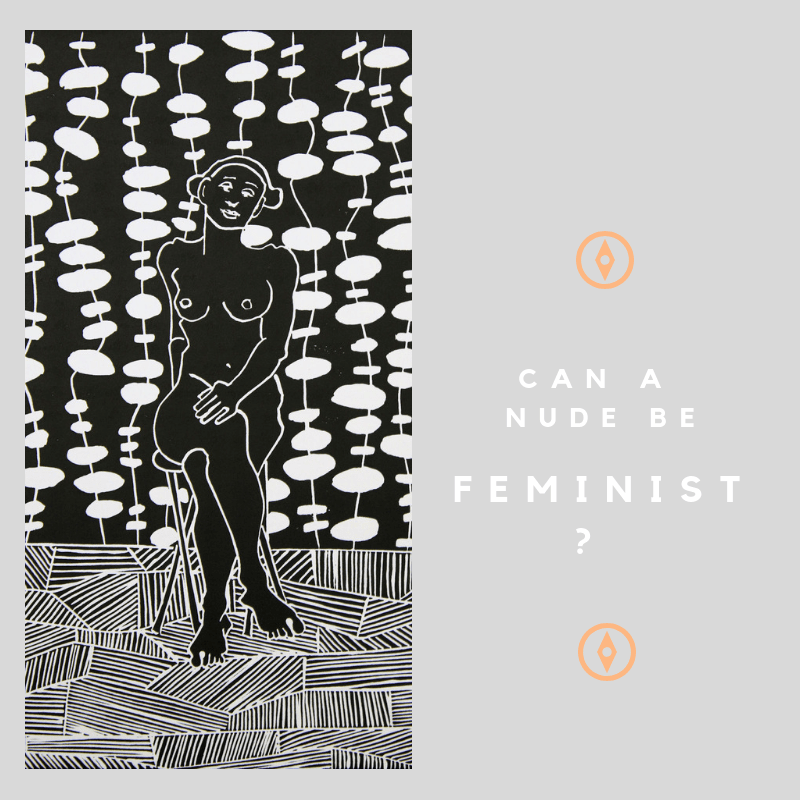

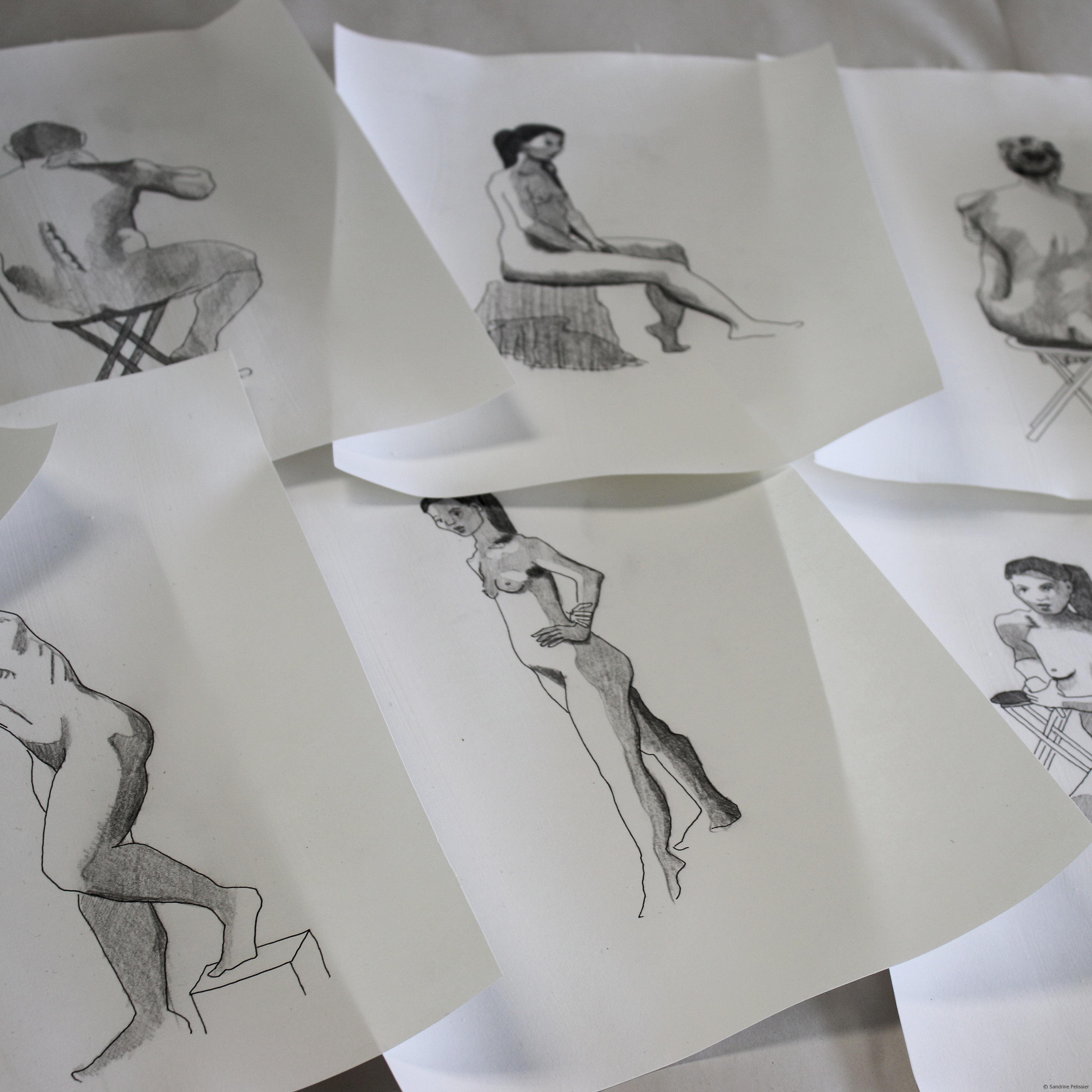
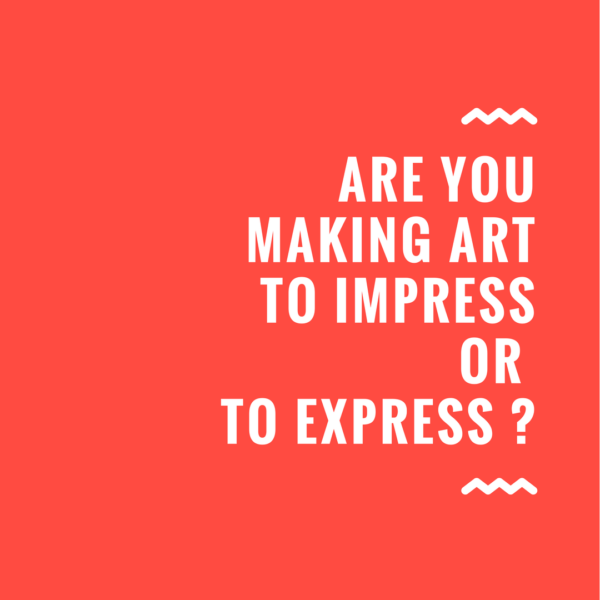

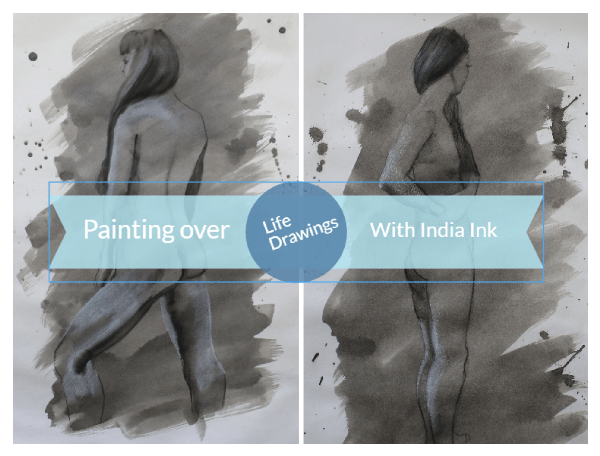

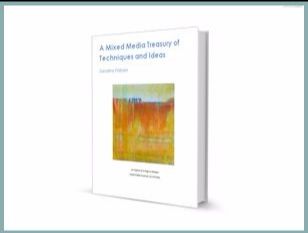

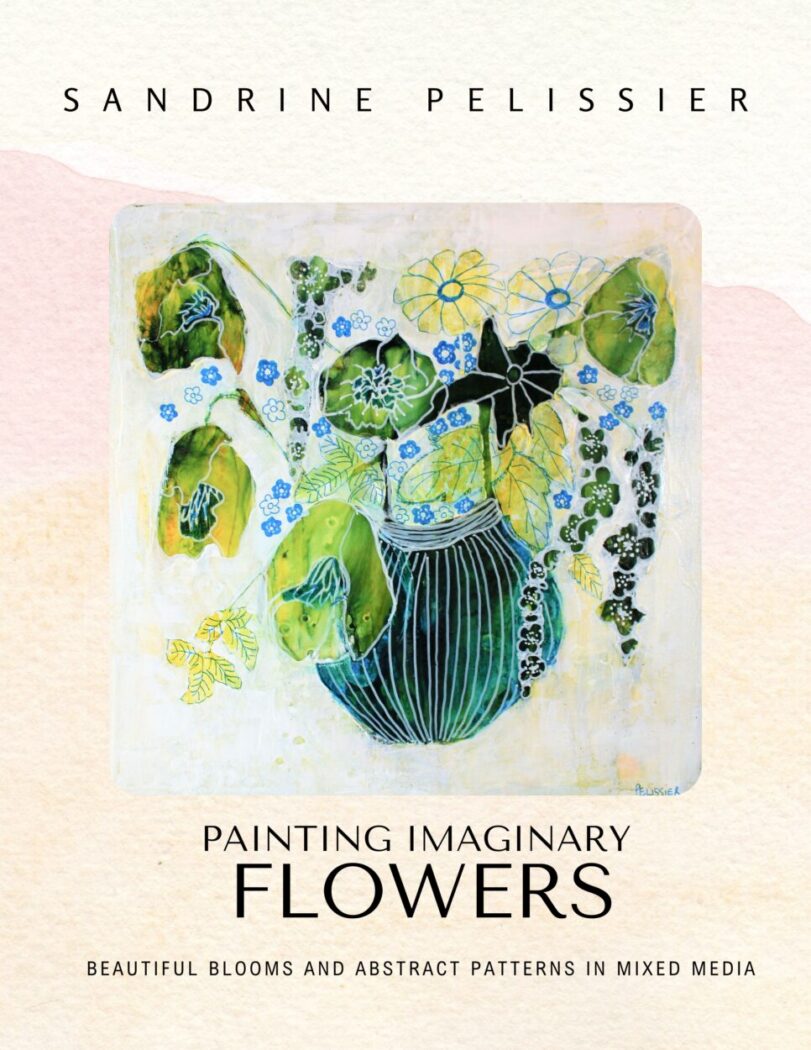
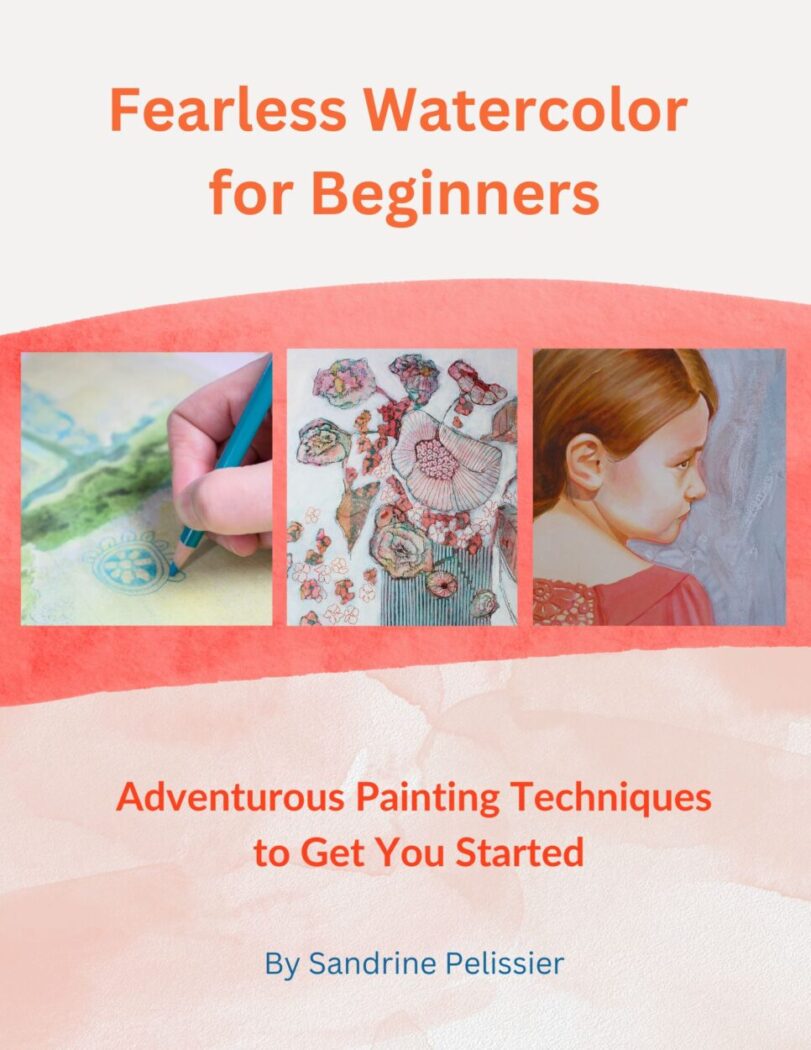

Comments (2)
Peter Otian
Nice…
Sandrine
Thanks Peter 🙂